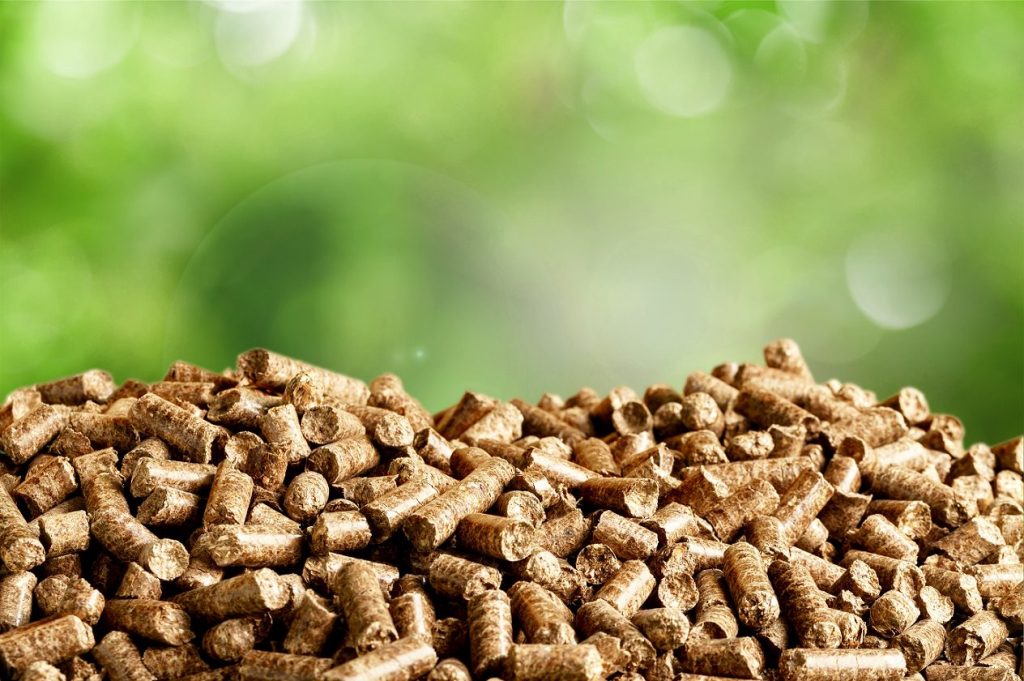Timber pellets are a type of biomass gas created from compressed sawdust, timber chips, and other timber residues. They are popular as a renewable power supply for heat houses, firms, and professional facilities. Timber pellets present several advantages over traditional fossil fuels, including decrease carbon emissions, decreased dependence on non-renewable sources, and cost-effectiveness.
One of many primary benefits of wood pellets is their sustainability. Unlike fossil fuels, which are finite methods, timber pellets are produced from alternative biomass resources that can be replenished through responsible forestry techniques and sustainable area management. That makes timber pellets a more green option to old-fashioned heat fuels, because they lessen greenhouse fuel emissions and mitigate weather change.
Furthermore, wood pellets are extremely efficient when used in modern pellet ovens, boilers, and furnaces. They’ve a high energy density and create consistent, controlled heat, allowing for specific temperature regulation and maximum comfort. Also, wood pellet heating methods can be computerized and integrated with current heat infrastructure, creating them convenient and an easy task to use.
As well as their environmental and effectiveness advantages, timber pellets are also cost-effective compared to numerous other heating fuels. While the first expense in a timber pellet heating system might be more than that of a main-stream heater or boiler, the long-term savings on fuel expenses may offset that price over time. Moreover, wood pellets in many cases are produced domestically, reducing transportation costs and supporting regional economies.
Furthermore, timber pellets certainly are a flexible fuel that may be used in a variety of heating applications. They could be burned in pellet ovens for residential heating, pellet boilers for greater houses and industrial rooms, and pellet furnaces for commercial processes. This mobility makes wood pellets ideal for a wide selection of heat needs, from specific houses to large-scale facilities.
But, it’s crucial to take into account the environmental and social influences of timber pellet production. While sustainably managed forests can function as a green supply of biomass for pellet generation, unsustainable logging techniques and deforestation may lead to habitat loss, biodiversity fall, and other environmental issues. Furthermore, the need for timber pellets has raised concerns about competition for land and sources, in addition to potential situations with food production and conservation efforts.
Additionally, the sustainability of timber pellet production depends on responsible sourcing and qualification practices. Organizations like the Sustainable Biomass Plan (SBP) and Forest Stewardship Council (FSC) are suffering from standards and accreditation systems to advertise responsible forestry practices and guarantee the sustainability of timber buy wood pellets production. By purchasing licensed timber pellets, customers may support firms that abide by rigid environmental and social standards.
To conclude, wood pellets provide a sustainable, successful, and cost-effective alternative to standard heating fuels. They are manufactured from green biomass materials, create decrease carbon emissions than fossil fuels, and can be utilized in a variety of heat applications. However, it’s essential to take into account environmentally friendly and cultural impacts of wood pellet creation and to guide responsible sourcing and qualification practices to guarantee the sustainability with this green energy source.

